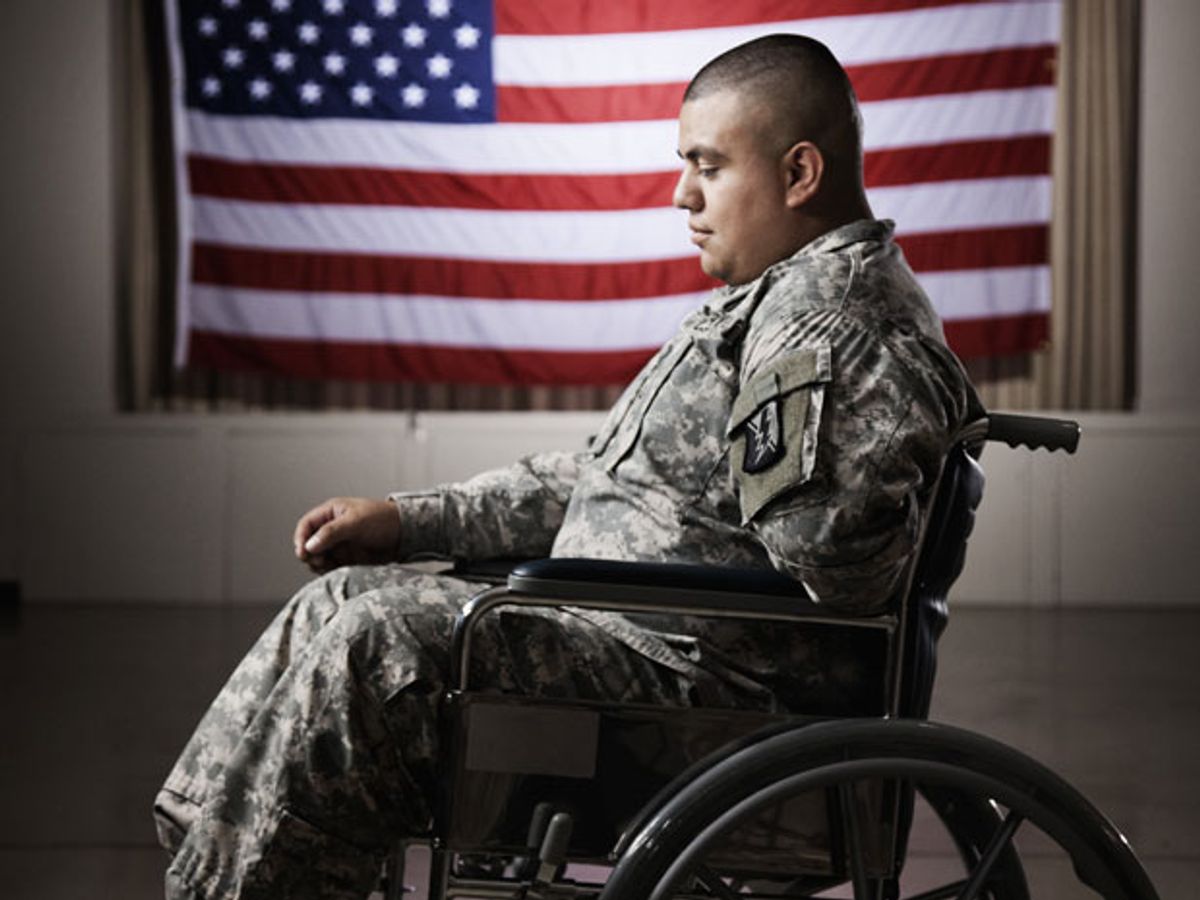The two teams, led by researchers Itzhak Fried at UCLA and Mike Kahana at the University of Pennsylvania, will start with the fundamentals. They'll look for neural signals associated with the formation and recall of memories, and they'll work on computational models to describe how neurons carry out these processes, and to determine how an artificial device can replicate them. They'll also work with partners to develop real hardware suitable for the human brain. Such devices should ultimately be capable of recording the electrical activity of neurons, processing the information, and then stimulating other neurons as needed.
The RAM research derives from an engineering approach to memory that's gaining traction. (Spectrum covered the work of one of its leading proponents, Ted Berger, in the recent article The End of Disability.) If the brain is essentially a collection of circuits, the thinking goes, a memory is formed by the sequential actions of many neurons. If a person has a brain injury that knocks out some of those neurons, the whole circuit may malfunction, and the person will experience memory problems. But if electrodes can pick up the signal in the neurons upstream from the problem spot, and then convey that signal around the damage to intact neurons downstream, then the memory should function as normal.
In a press briefing yesterday, program manager Justin Sanchez said that the first human experiments will be conducted with hospitalized epilepsy patients who have electrodes implanted in their brains as they await surgery (this is done so their doctors can pinpoint the origin of their seizures). Since epilepsy patients often experience memory loss as well, Sanchez said they're a natural fit for the research. Eventually trials would include military servicemembers who suffer the aftereffects of traumatic brain injuries, and finally civilians with similar injuries.
DARPA recently decided to beef up its research in biological technologies, spurred in part by the needs of veterans returning from Iraq and Afghanistan. But it seems likely that the agency's increased attention to programs like RAM was also prompted by the recognition that neural engineering is one of the most exciting frontiers in science, with the neural technologies advancing faster than the science that guides it.
The RAM program is part of the overarching federal BRAIN Initiative, announced with much fanfare by President Obama in 2013. With a first-year budget of $110 million parceled out to three agencies and considerable cooperation from deep-pocketed private institutions, you can expect this decade to be a brainy one.
Eliza Strickland is a senior editor at IEEE Spectrum, where she covers AI, biomedical engineering, and other topics. She holds a master’s degree in journalism from Columbia University.



